The truth is that it can be challenging to ever be 100% sure it’s the right time to migrate to a new B2B eCommerce system. Long before most organizations consider replacing their eCommerce system, they look to address their goals by optimizing the tools, processes, and people they had already. This approach supports incremental improvements and allows them to defer the costs and time required to implement a whole new system.
 But things changed dramatically when B2B organizations of all sizes had to grapple with a worldwide pandemic. Before the pandemic, eCommerce was not a top priority focus for B2B – the more traditional models were working just fine. The pandemic required a massive pivot and organizations that have a modern, functioning eCommerce system have directly enabled B2B to double B2C in gross merchandise value as reported by Digital Commerce 360.
But things changed dramatically when B2B organizations of all sizes had to grapple with a worldwide pandemic. Before the pandemic, eCommerce was not a top priority focus for B2B – the more traditional models were working just fine. The pandemic required a massive pivot and organizations that have a modern, functioning eCommerce system have directly enabled B2B to double B2C in gross merchandise value as reported by Digital Commerce 360.
eCommerce is a top priority today as online marketplaces are disrupting brick and motor wholesale distributors, and the end-user B2B user experience demands come with many of the same expectations that exist for B2C.
Why Upgrade/Re-platform Your eCommerce System?
The modern B2B market is in a state of flux or what you might even call disruption (i.e., wholesale distribution). Change is inevitable, and the B2B eCommerce software that worked well for your online store a few years ago might not be the best choice today.
What are the signs that you need to re-platform? Let’s look together.
1. LACK OF FUNCTIONALITY
-
- Customer feedback ratings are poor, and the current system does not allow you to improve customer experiences.
- Your current system does not inherently have the features specific to a B2B business.
- Multiple eCommerce user types have evolving specific needs: the customer, supplier, outside sales, and the marketing department. Your business and its users’ needs have outgrown your current platform.
- Modern eCommerce platforms offer an extensive list of features to support B2B requirements around business process automation and customer experience.
2. TECHNICAL CONSTRAINTS
-
- Your current system does not integrate into your ecosystem of supporting solutions such as ERP, POS, order management, and inventory management systems.
- Your eCommerce storefront performance is unacceptably slow, especially under peak conditions.
- Your current vendor and system cannot support being migrated to the Cloud.
3. TOO MUCH MAINTENANCE
-
- You’re spending too much time and money fixing bugs.
- It takes too long to develop new features on the current system to improve your customer experience or automate business processes. The backlog of changes is becoming unmanageable and cost-prohibitive.
4. BUSINESS GOALS ARE NOT ACHIEVABLE
-
- You are not meeting your revenue goals for your online business line
- Your current system cannot support the growth of your business. You are concerned that the system won't scale and handle increased volume and traffic as you expand your product offerings and digital content.
- You have experienced a recent acquisition or plan for additional ones. Your current system does not easily consolidate or integrate with other systems.
- You want to sell on another marketplace or create your own. Unfortunately, your current system does not support the marketplace business model.
5. MANUAL PROCESSES TAKE TOO MUCH TIME
-
- You rely on manual activities to complete many functions and update data, for example:
- Overall order processing is cumbersome, with approvals required outside the workflow.
- Order status and shipping/tracking information updates are not timely, or worse, error-prone.
- There is limited field support.
- It is difficult to update inventory.
- You rely on manual activities to complete many functions and update data, for example:
6. SECURITY
-
- You do not have the proper controls or best practices in place to secure customer data.
- You experienced website breaches in the past.
7. ADVANCED ANALYTICS
-
- You do not have a clear understanding of your client's purchase behavior and cannot anticipate what they may need in the future.
- You do not have a clear understanding of your client's purchase behavior and cannot anticipate what they may need in the future.
8. MOBILE-FRIENDLY
-
- Your customers work in the field or are constantly on the move. Apart from calling into the office, customers do not have an easy way to purchase products.
- Your customers work in the field or are constantly on the move. Apart from calling into the office, customers do not have an easy way to purchase products.
These eight challenges are among the most common that we see with older eCommerce platforms – if you resonate with them, don’t be discouraged, you are not alone.
It’s one thing to have some challenges when working with an older solution, it’s a different thing to make the decision to re-platform. As part of evaluating your existing solution against your business goals, we have identified 11 key questions that should be asked to help as part of that process.
We recommend answering the questions alongside stakeholders and your entire team. It is time to switch to a modern eCommerce platform when you have answered yes to multiple questions:
-
- Are new features and apps regularly delayed due to in-house constraints?
- Do functionality questions and complaints dominate your help desk?
- Do you have the freedom to launch new products, projects, and experiments quickly?
- Do you have dedicated teams spending much of their day doing manual processes?
- Does your IT team spend their time maintaining, not innovating?
- Are do-it-yourself patches and workarounds standard?
- How often do you hear or say, “These changes are not possible“?
- Is there some urgency to address the proliferation of marketplaces in your vertical B2B market?
- Do traffic spikes affect uptime or result in a bad customer experience?
- Are you rapidly growing and constrained by the current system?
- Has your platform’s security failed at critical moments or customer data compromised?
Download this checklist of questions to ask your team when deciding to re-platform.
Re-platforming comes with risks. It takes time, costs money, requires you to migrate your data, and may impact the staff. In addition, there’s so much that can seemly go wrong if not anticipated and addressed effectively. But on the other hand, the benefits can position your organization for success, allow you to leapfrog the competition, and position you to offer your customers a superior and modern experience. The real question is if you can afford the status quo?
If any of these re-platforming signs speak to you, contact us here at Online Business Systems to help you define a strategy and select a new eCommerce platform that will future proof your business needs and software architecture.
About Gil Meier, Senior Consultant, Digital Transformation

Gil Meier is passionate about ever-changing digital technology and its opportunities in various industries, particularly B2B. Gil helps companies define and deliver their digital transformation growth by applying innovative products, services, and business models that take advantage of digital technologies.
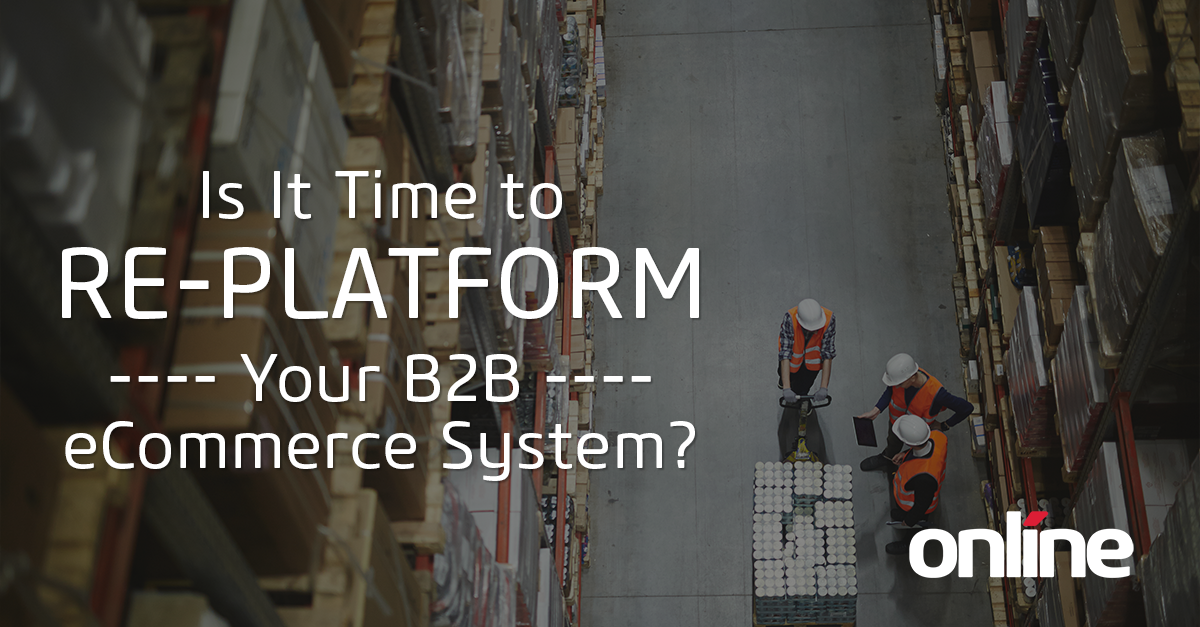

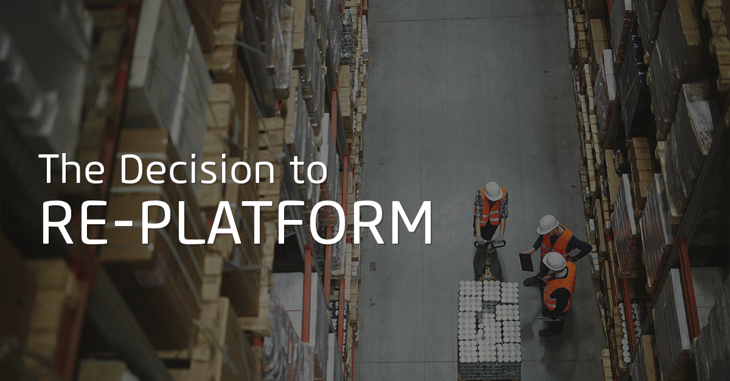


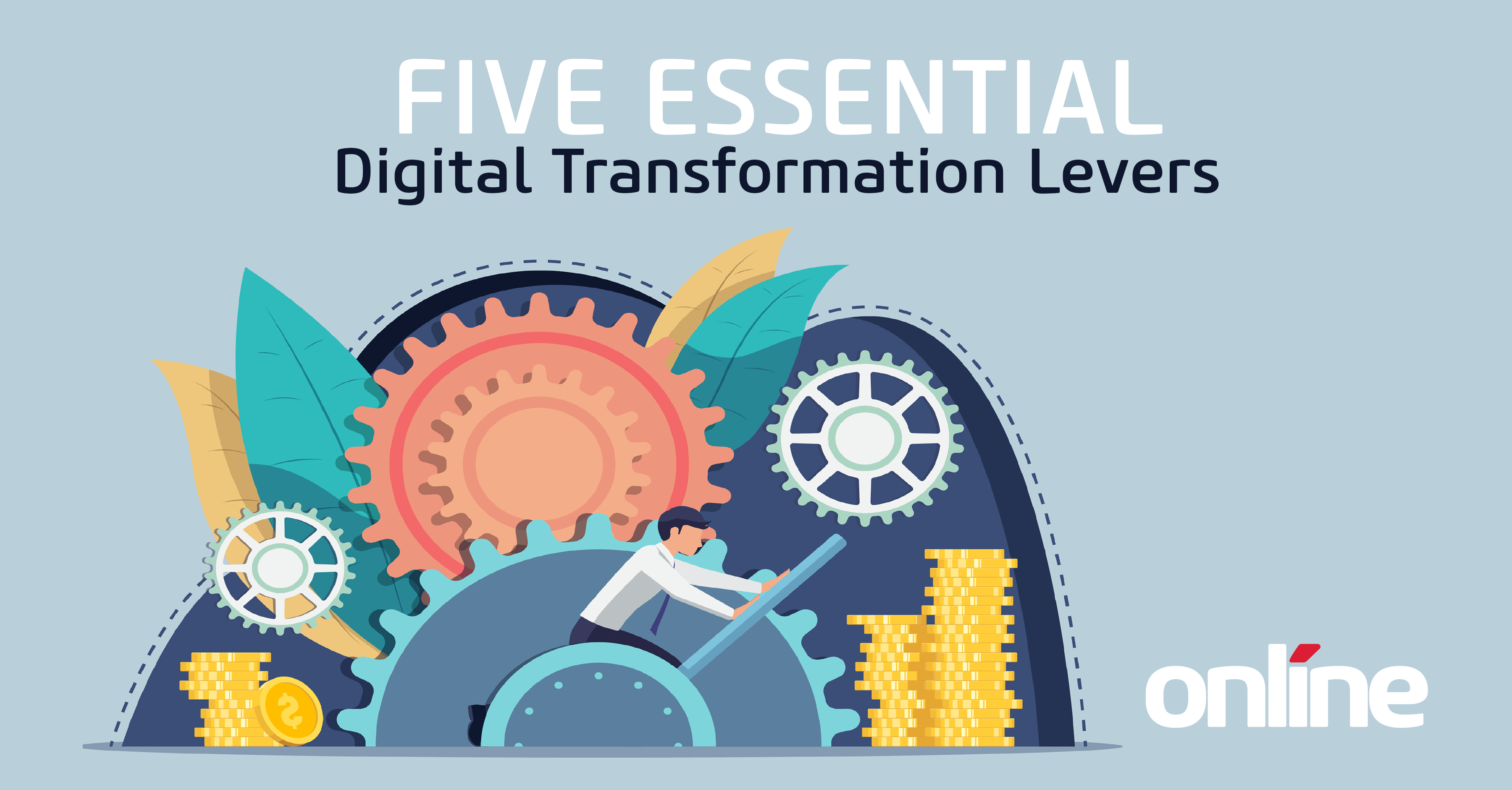
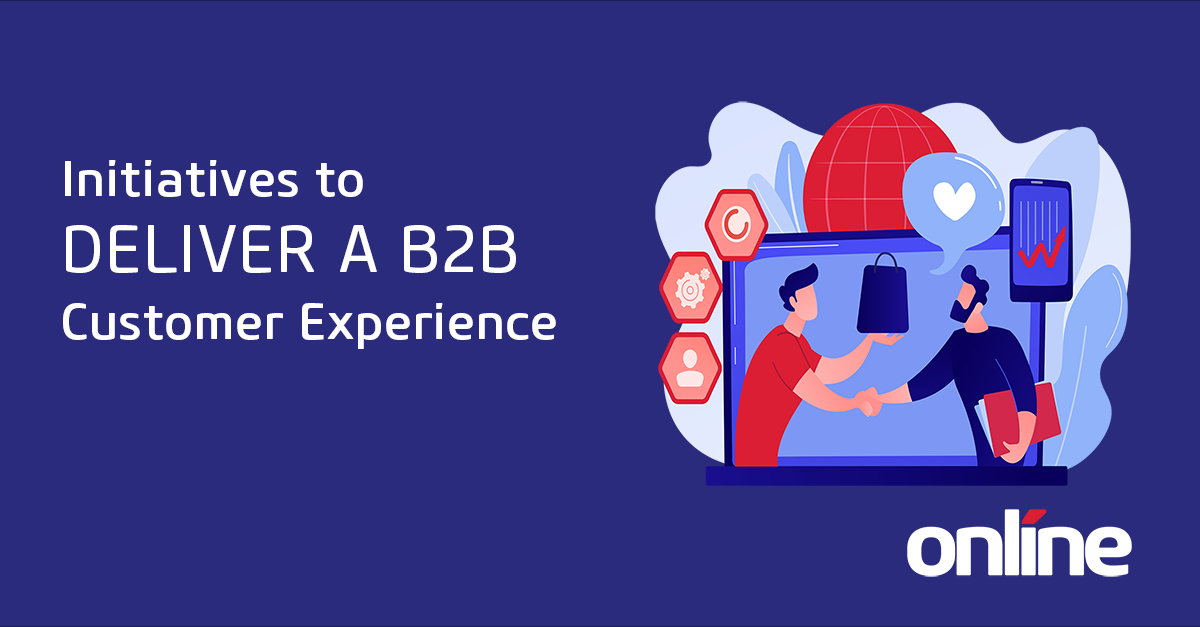
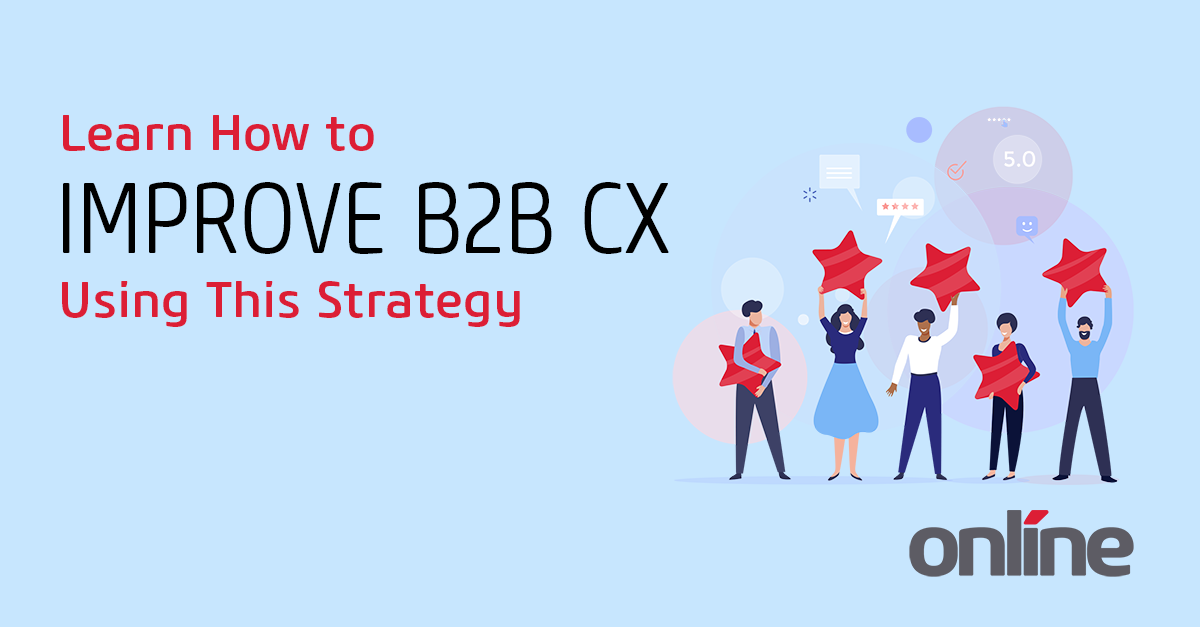
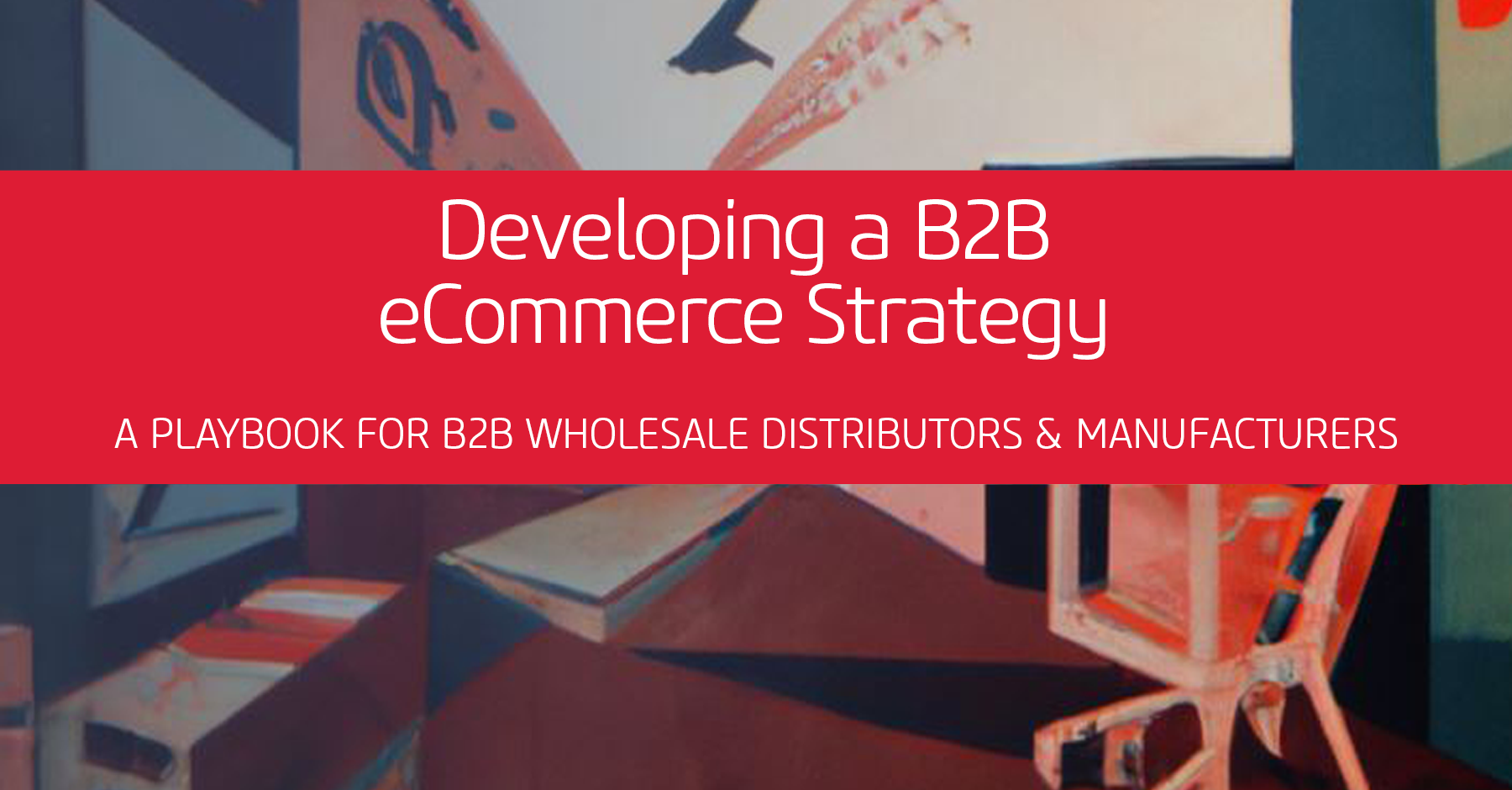
Submit a Comment